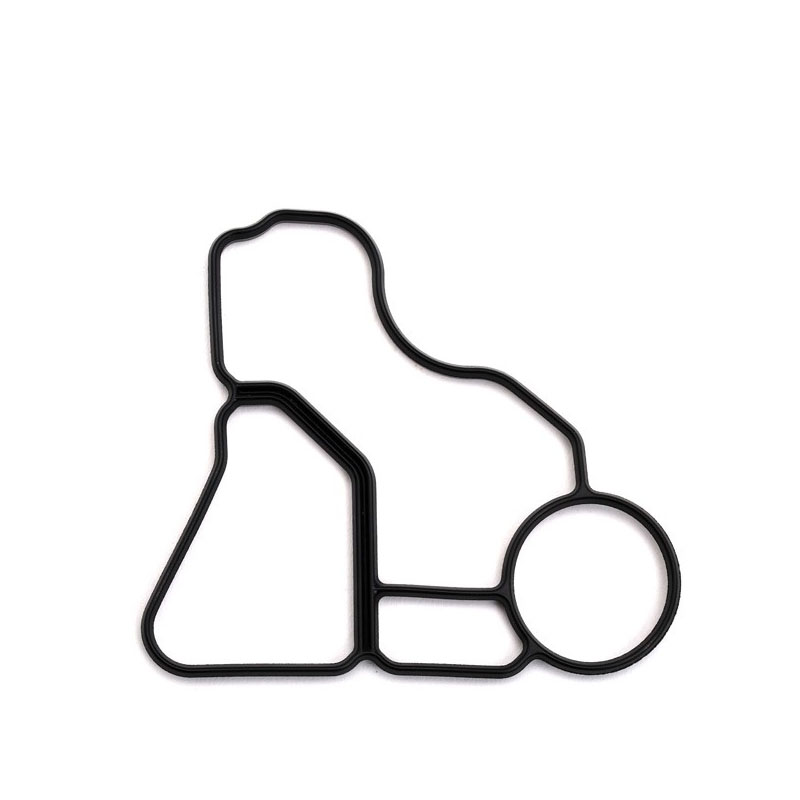Understanding Car Air Conditioning O-Rings for Optimal Performance and Maintenance Tips
Understanding the Importance of O-Rings in Car Air Conditioning Systems
When it comes to the comfort of driving, especially in the scorching heat of summer, a well-functioning air conditioning (AC) system in your car is indispensable. Among the various components that ensure the smooth operation of an automotive AC system, O-rings play a critical yet often overlooked role. These small, circular seals are essential for maintaining the integrity of the system and ensuring efficient performance.
What Are O-Rings?
O-rings are mechanical gaskets shaped like a torus. They are typically made from rubber or other elastomeric materials, and their primary purpose is to create a seal between two or more parts. In the context of automotive air conditioning, O-rings are found at the junctions of different components, such as the compressor, evaporator, and fittings of the refrigerant lines. Their main function is to prevent the leakage of refrigerant, which is crucial for the system's efficiency.
The Role of O-Rings in Car AC Systems
1. Sealing Against Refrigerant Leakages One of the primary functions of O-rings in an AC system is to seal the connections between components where refrigerants flow. Any tiny crack or fault in these seals can lead to refrigerant leaks, causing the AC to underperform or fail outright. As the refrigerant is the lifeblood of the AC system, maintaining appropriate pressure and flow is essential for cooling efficiency.
car air conditioning o rings

2. Temperature and Pressure Resistance The components of a car's AC system operate under significant temperature variations and pressures. O-rings are manufactured to withstand these harsh conditions. They must remain pliable and resilient across a range of temperatures while also being resistant to the chemical properties of the refrigerants used in modern AC systems.
3. Durability and Maintenance Given that O-rings are subject to wear and tear over time, regular maintenance of the AC system is essential. Mechanics often recommend inspecting O-rings during routine service checks to ensure they are not cracked or brittle. If degraded O-rings are not replaced, they can lead to reduced performance and increased energy consumption, resulting in higher fuel costs and discomfort.
Signs of O-Ring Failure
Recognizing the signs of O-ring failure can save car owners from more significant issues. Common indicators include - Reduced AC Efficiency If you notice your air conditioning is not as cool as it used to be, it may be due to refrigerant loss caused by faulty O-rings. - Unusual Noises Odd noises from the AC compressor may indicate that O-rings are failing or that a component is not sealed properly. - Visible Leaks In some cases, you may observe refrigerant puddles under your vehicle, indicating a leak often traced back to worn-out O-rings.
Conclusion
O-rings may be small, but their role in car air conditioning systems is disproportionately significant. These vital seals ensure that your AC runs efficiently and effectively, providing you with the comfort necessary for a pleasant driving experience. Regular inspection and maintenance of O-rings can extend the life of your air conditioning system and prevent costly repairs down the line. As a car owner, being aware of the function and importance of these components will help you keep your vehicle in excellent condition and enjoy every ride, regardless of the heat outside.
-
Understanding the Importance of the Crankshaft Oil Seal in Engine Performance
News Jun.16,2025
-
The Unsung Heroes of Engine Protection: Understanding Automotive Shaft Seals and Oil Seals
News Jun.16,2025
-
Keeping the Engine Tight: The Role of Crankshaft Seals and Gaskets in Oil Control
News Jun.16,2025
-
Complete Protection in Harsh Conditions: A Deep Dive into Cassette Seals
News Jun.16,2025
-
Choosing the Right Oil Seal: A Guide to Trusted Brands and Suppliers
News Jun.16,2025
-
Advanced Sealing Technologies: Exploring the Range of Modern Oil Seals
News Jun.16,2025
-
Your Essential Guide to Car Repair Kits: From Rust to Dings
News Jun.13,2025
Products categories















